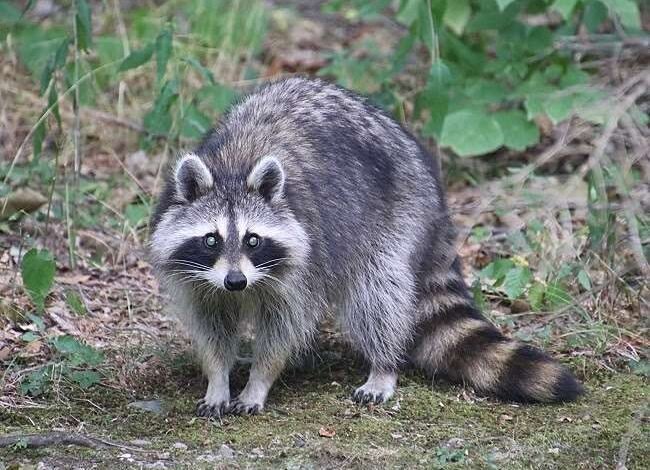Reduce Your Risk of Rabies Infection


 As warm weather encourages more outdoor activities, encounters with wildlife increase. Wild animals can potentially carry diseases such as rabies.
As warm weather encourages more outdoor activities, encounters with wildlife increase. Wild animals can potentially carry diseases such as rabies.
Though most wild animals are healthy, people should be aware that some wild animals can carry rabies, which is most commonly seen in bats, raccoons, skunks, and foxes. Any mammal can be infected with rabies, including unvaccinated household pets and feral cats.
The virus is transmitted by infected animals through their saliva and is usually transmitted to people and animals through a bite, but transmission can also occur if the saliva gets into the eyes, nose, mouth, or a break in the skin.
Changes in an animal’s behavior can indicate rabies infection. An animal may become unusually aggressive or tame. The animal may lose its fear of people and natural predators. Staggering, convulsions, choking, and paralysis are sometimes seen.
Anyone who has potentially been exposed to a rabid animal should wash the bite or exposure area thoroughly with soap and water, seek medical attention immediately, and report the incident to the local county health department.
Take the following precautions to avoid the risk of rabies infection:
- Don’t feed, touch, or adopt wild animals, stray dogs, or feral cats.
- Report all animal bites or contact with wild animals to your local county health department. If possible, without putting people or pets at additional risk, do not let any animal escape that has possibly exposed someone to rabies.
- Be sure household pets and livestock animals are up to date on their rabies vaccinations.
- Teach children not to touch any animal they do not know and to tell an adult immediately if they are bitten by any animal or had any direct contact with a bat.
- Keep property free of stored bird seed or other foods to avoid attracting wild animals.
- The local health department should be contacted if a bat is found inside the house. They will advise on what to do with the bat.
Individuals who encounter nuisance or damaging wildlife living in or around parts of their home may consult a nuisance wildlife control operator about removing them.
Nuisance wildlife control operators are private business owners licensed by DEC to handle and remove wildlife issues in and around your home.
If a wild animal appears sick, email DEC’s Wildlife Bureau or Wildlife Health Unit.
Read more about rabies in New York.
Photo of a raccoon, a species commonly associated with rabies, by Fred Couse (provided by DEC).
Source link




